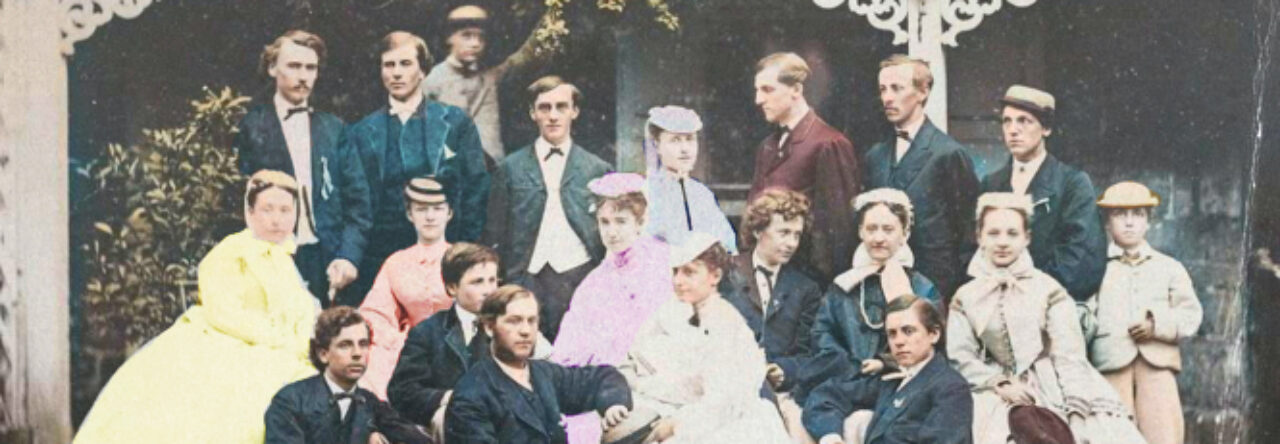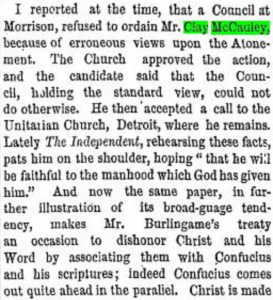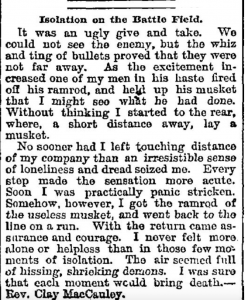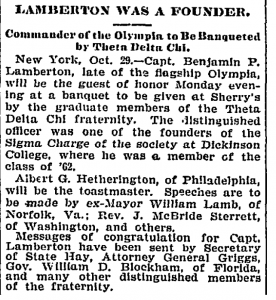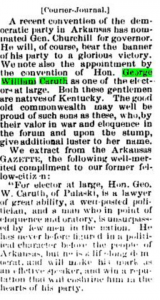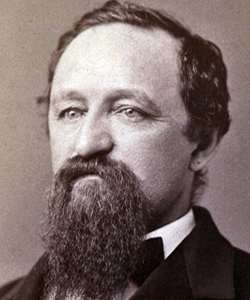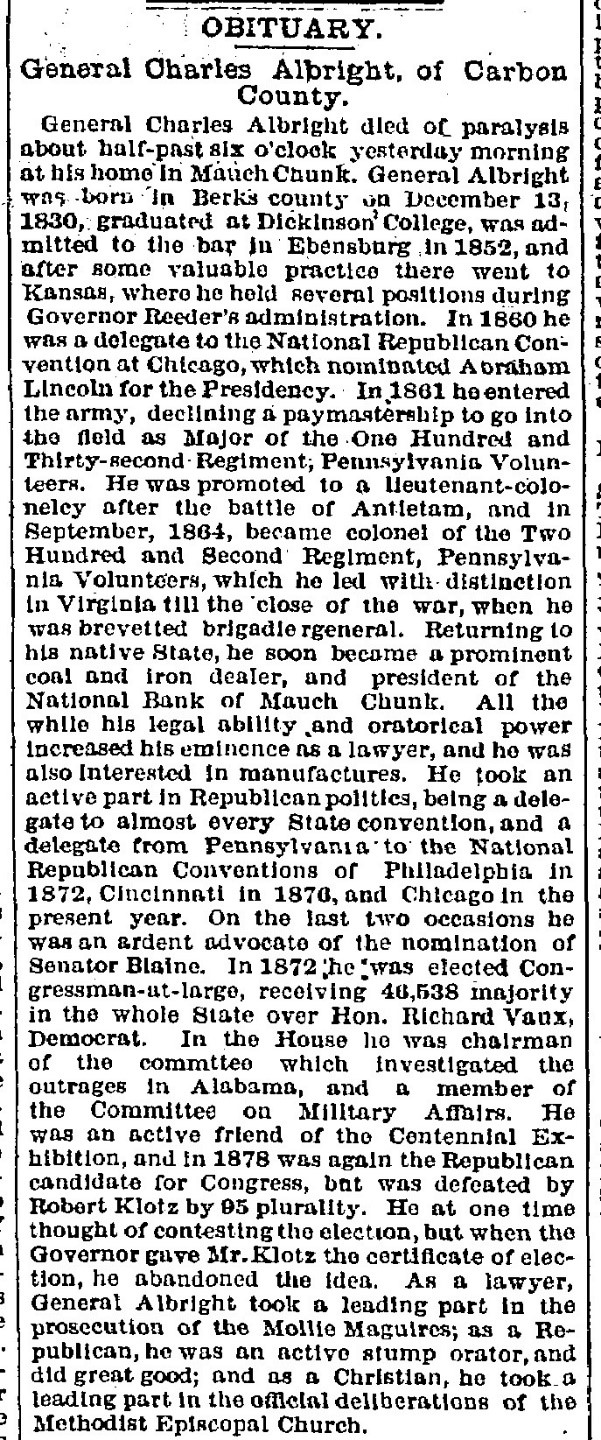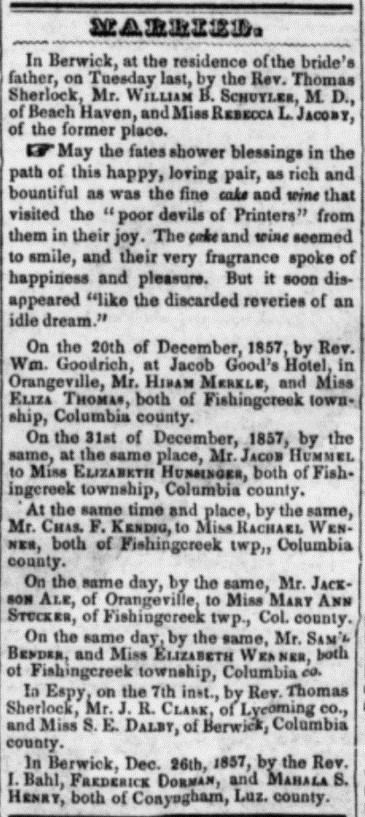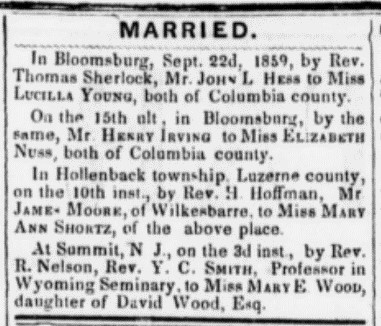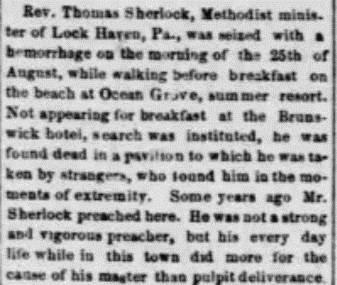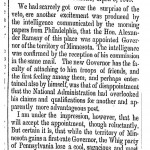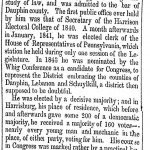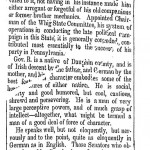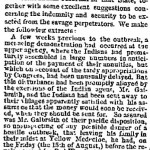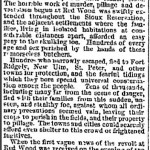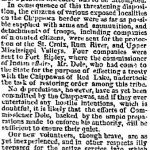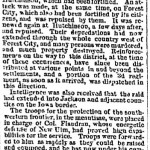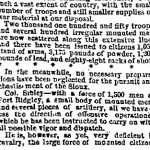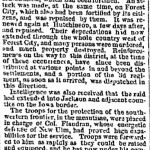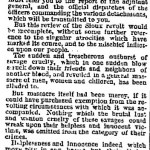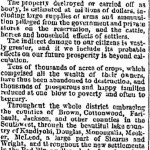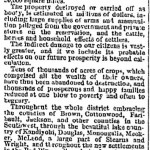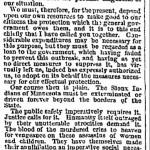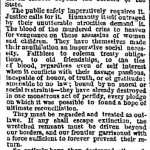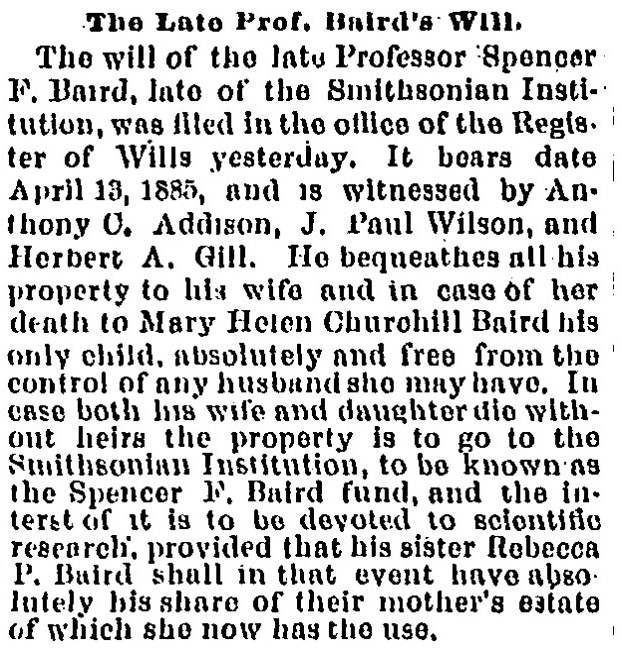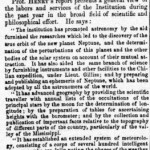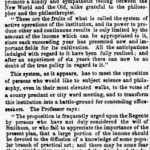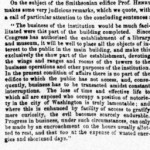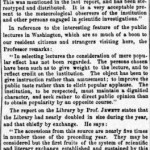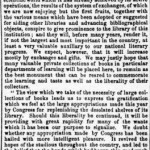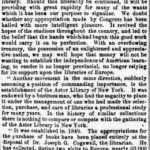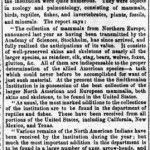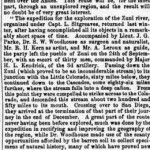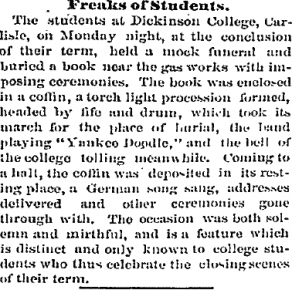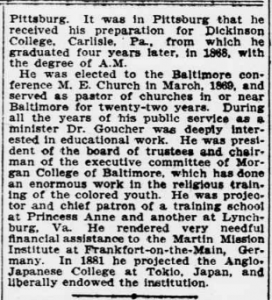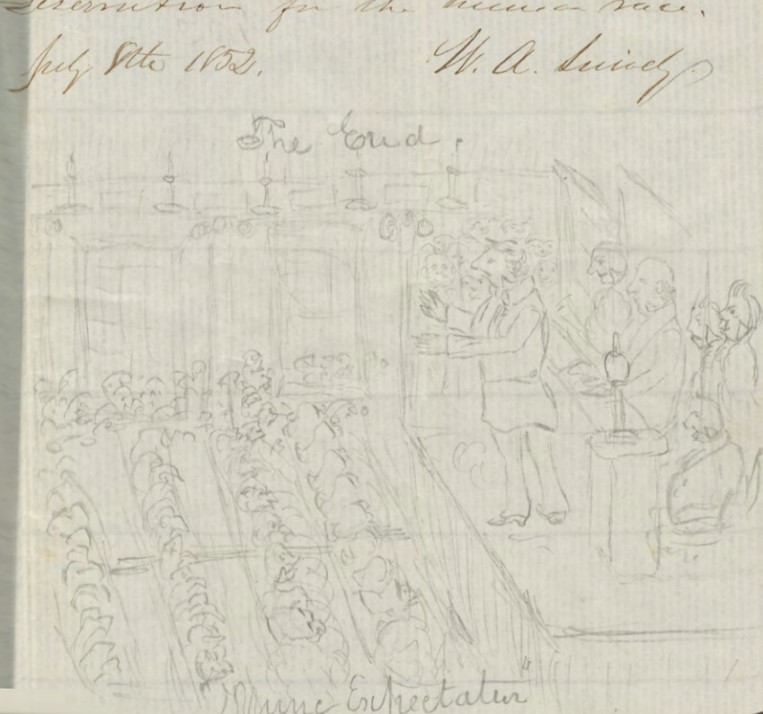I set out on this annotated bibliography with two ideas of a final project in mind. First, I want to examine the United States Postal Service in the 19th Century and early 20th Century because I have two Postmaster Generals in my designated Dickinson College class of 1848. They are John Andrew Jackson Creswell and James William Marshall, and served consecutively in President Grant’s Cabinet. Second, I want to research James Bernard Hank, another graduate from 1848 who was a surgeon for the Russian Army during the Crimean War. Hank died in 1859, three years after the war ended, and it was possible that he died of one of the many illnesses that plagued the armies involved in that war. Unfortunately, it is too early to finalize my decision as to which topic I will write about for my final project, so this annotated bibliography has sources for both sources.
Articles:
Dvoichenko-Markov, Eufrosina. “Americans in the Crimean War” The Russian Review. 13, 2 (1954): 137-145. [JSTOR]
This article examined the antebellum amicability between Russia and the United States, and the possibility of an alliance during the Crimean War had the United States revoked its neutrality. However, the article also analyzed the American surgeons who served in the Russian Army, most of whom eventually died from diseases like cholera and smallpox. The author, was a scholar of American-Russian relations. Her bias, as a Russian living in the United States during the Cold War might have been to show that various Americans, alluding to the surgeons in the Crimean War, have supported Russia even when the US government unofficially supports Russia’s adversary, or remains neutral.
House, Albert V. Jr. “President Hayes’ Selection of David M. Key for Postmaster General” The Journal of Southern History. 4, 1 (1938): 87-93. [JSTOR]
This article examined the process surrounding Rutherford B. Hayes’ nomination of David Key to Postmaster General. The article dug deeper into the reasons why having a Southern Democrat, from Tennessee, would be fruitful to show unity between the North and South after the Civil War. This source might be very bias towards the South. I had the impression, after reading, that this celebrated the fact that a Southern Democrat was nominated to the cabinet of a Republican President.
Miller, Byron S. “Parties. Judicial Control over Executive. Postmaster General as Indispensable Party in Suit Against Local Postmaster” The University of Chicago Law Review. 4, 2 (1937): 342-343. [JSTOR]
This article reviewed the legal aspect of postal fraud. Specifically, it examined the inconsistencies and lack of communication between the Postmaster General and local regional postmasters. Byron S. Miller was the editor in chief for the law review from 1936-1937, so I put him as the author, because I could not determine who out of the other authors of the law review wrote this specific article. The University of Chicago Law School was a prestigious law school (and still is), so I trust this law review’s interpretation of such high profile cases involving federal government employees and institutions. I could not see any bias in the article.
Osborne, John M., and Christine Bombaro. “Forgotten Abolitionist: John A.J. Creswell of Maryland” House Divided Project at Dickinson College. (2015): 1-69. [United States History Commons]
This article was an examination of John Creswell’s life. The portion of the article I was most concerned with was his time serving as Postmaster General, where the authors discussed his abolition of inefficiency in the United States Postal Service. Osborne and Bombaro were employees at Dickinson College, with Osborne being an associate professor and co-founder of the House Divided Project and Bombaro serving as a librarian. Their bias might be over-praise for John Creswell and his achievements, since he graduated from the authors’ institution of employment.
Pearce, Robert L. “War and Medicine in the Nineteenth Century” Australian Defense Force Health. 3, (2002), 88-92. [Department of Defense]
The Crimean War section of this article examined the British and French disregard towards that war, as well as health issues for soldiers and personnel in those armies. Lieutenant Colonel Robert Pearce appeared to be very educated in the field of battlefield medicine and battle tactics. In addition to his military rank, he was a plastic surgeon. It would be easy to assume his bias towards the British army, especially since Australia was a former colony of Great Britain, but after reading the article, Lt. Colonel Pearce attacked the British and French armies for their unpreparedness and inability to avoid illnesses during the Crimean War.
Books:
Gallagher, Winifred. How the Post Office Created America: A History. New York: Penguin Press, 2016. [Google Books]
This book explained the importance of the Post Office in the United States’ national identity. The book chronologically examined the evolution of the Post Office and how it became the largest bureaucratic organization during the 19th century. This book did not have any bias, instead it was a level-headed analysis of the United States Postal Service.
John, Richard R. Spreading the News: The American Postal System from Franklin to Morse. Cambridge: Harvard University Press, 1998. [Harvard University Press]
This book also showed the evolution of the Post Office and its importance as a bureaucratic agency. However, in addition, John explained how the Post Office was a unifying force in such a diverse country. I did not notice any bias in this book.
McCallum, Jack E. Military Medicine from Ancient Times to 21st Century. Santa Barbara: ABC-CLIO, 2008. [Google Books]
This book examined the evolution of battlefield medical practices up to the present day. Where the book discussed about the Crimean War, McCallum analyzed the deadliness of the infections endured by soldiers and the lack of communication within the armies to properly treat those infections. I did not notice any bias in the book, rather a detailed overview of every era of history to examine its usefulness of military medicine.
Nightingale, Florence “I Have Done My Duty” Florence Nightingale in the Crimean War 1854-1856. Manchester: Manchester University Press, 1987. [Google Books]
This book examined Nightingale’s service in the Crimean War. It gave some insight of battlefield medical practices in the Crimean War from one of the most well-known nurses from the war. I did notice a little positive bias in this book directed at the British and French alliance.
Greg Parker
